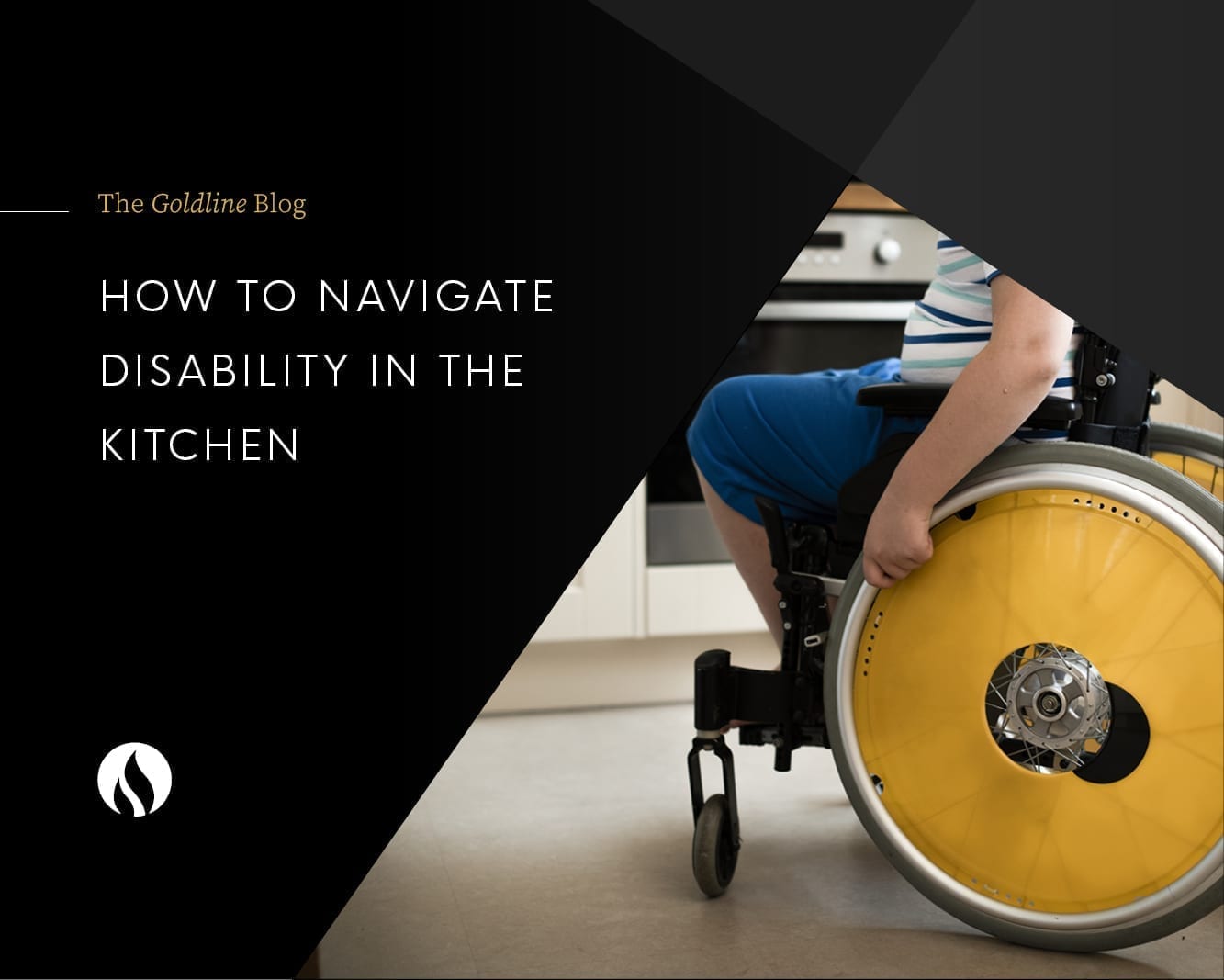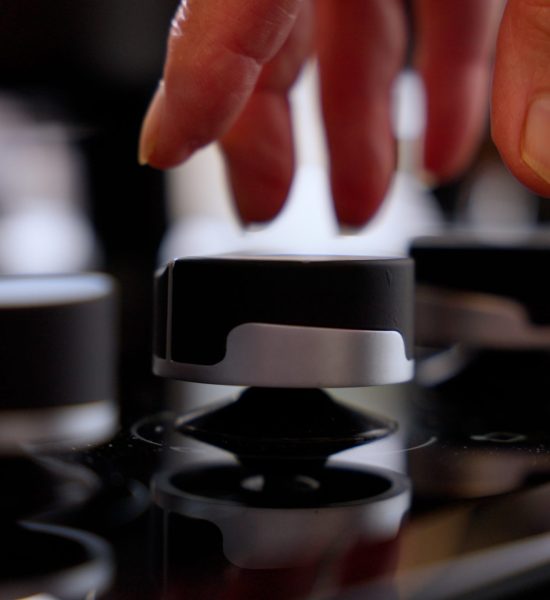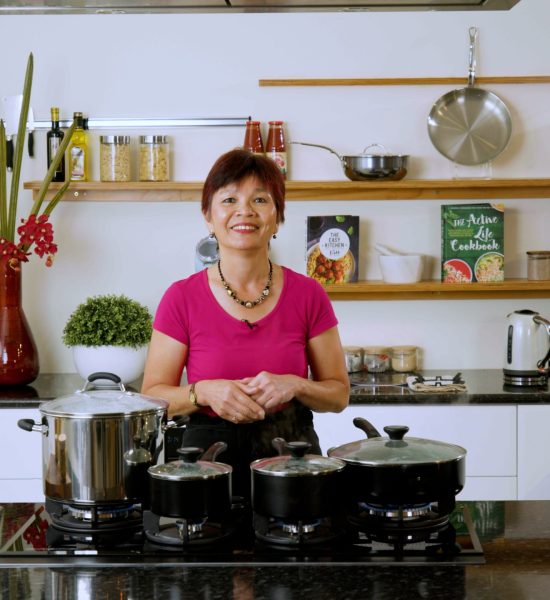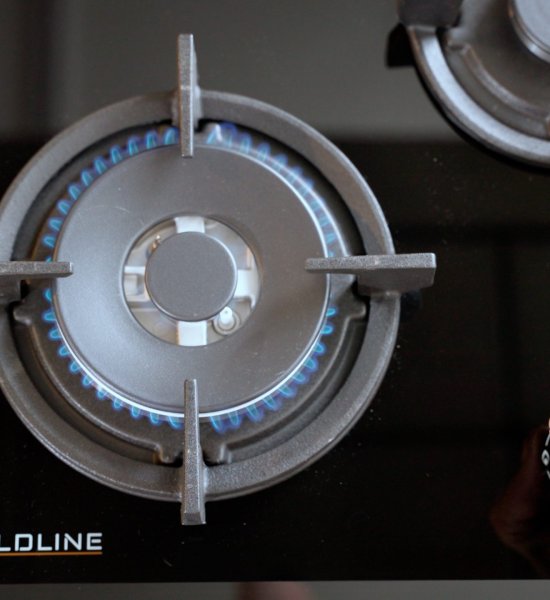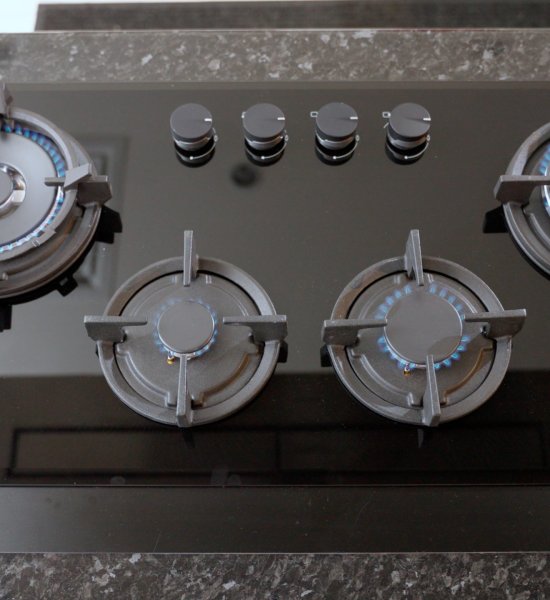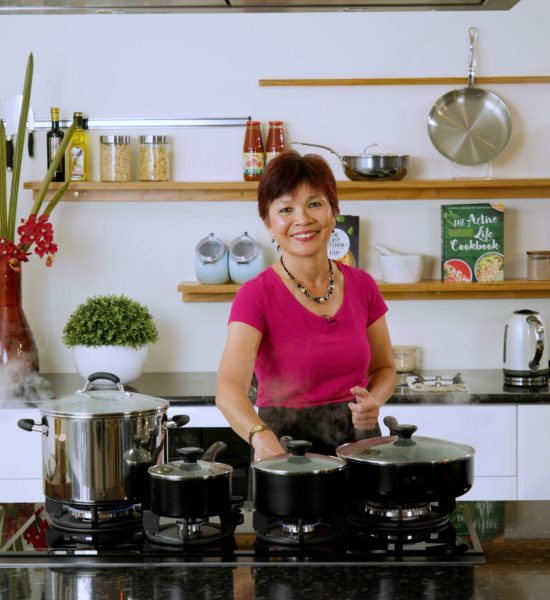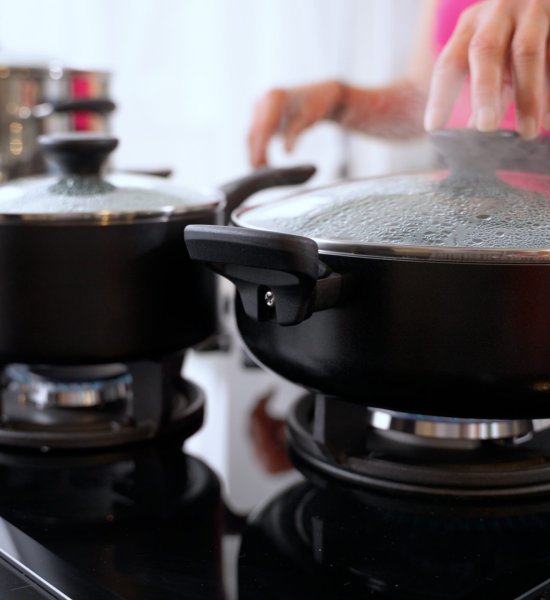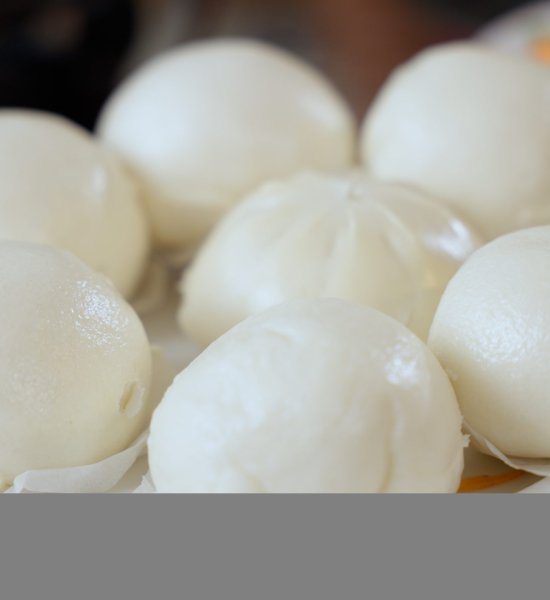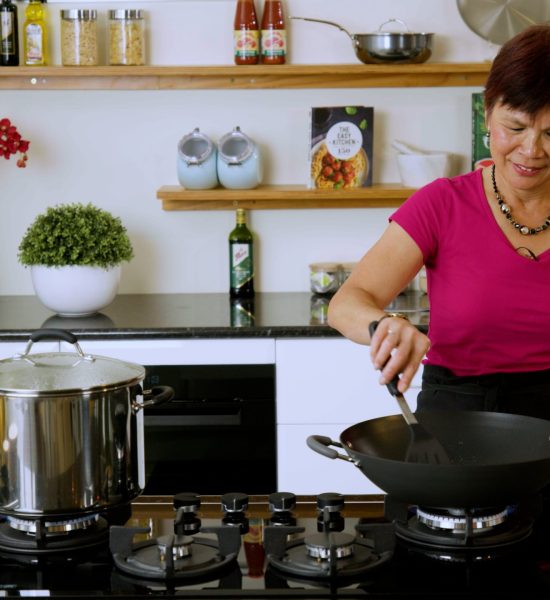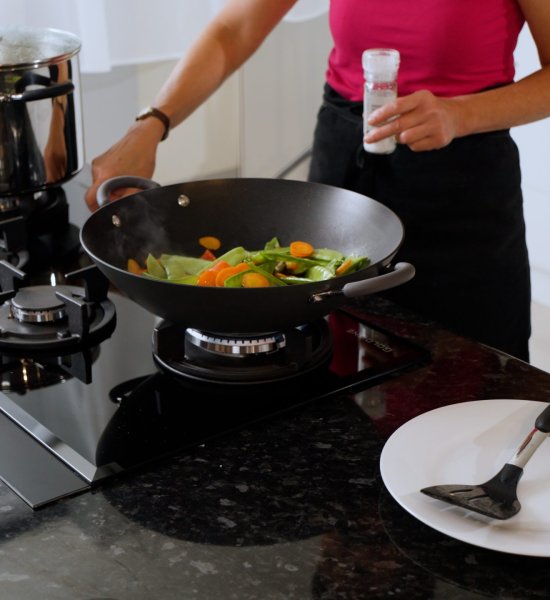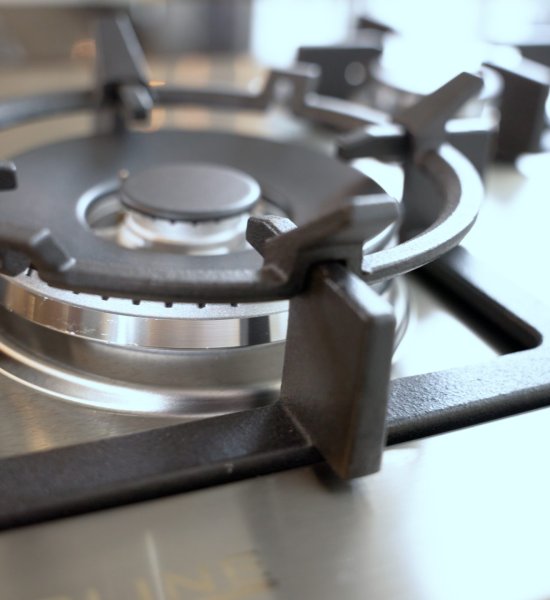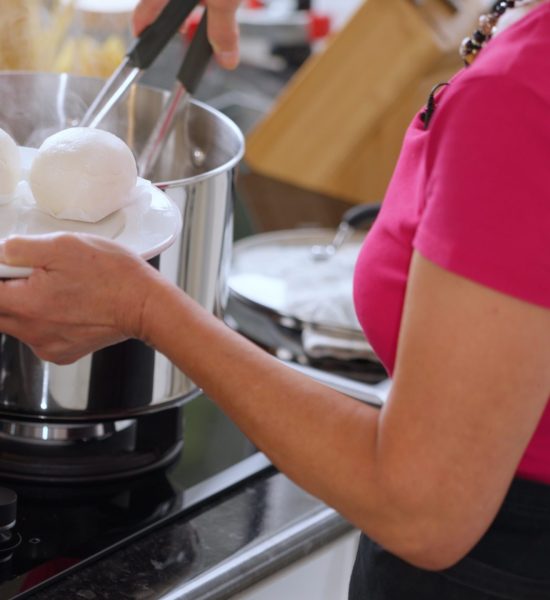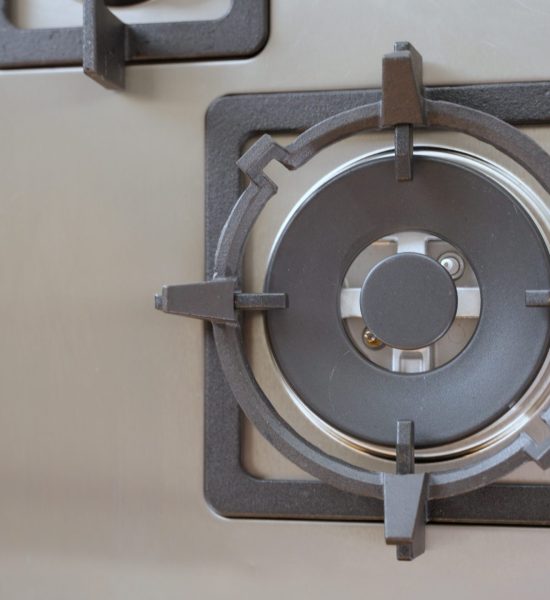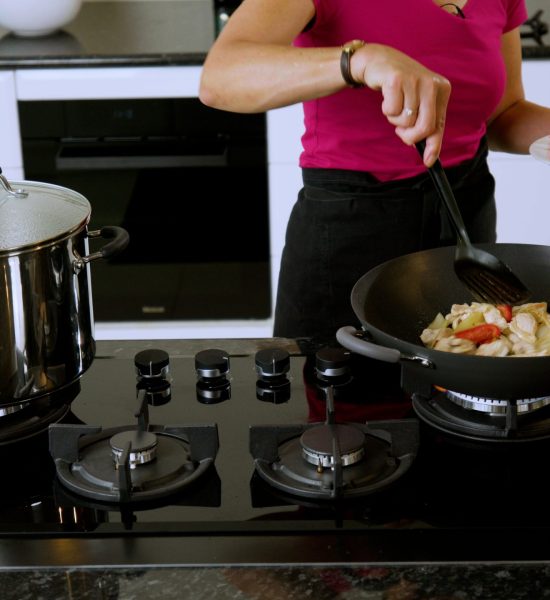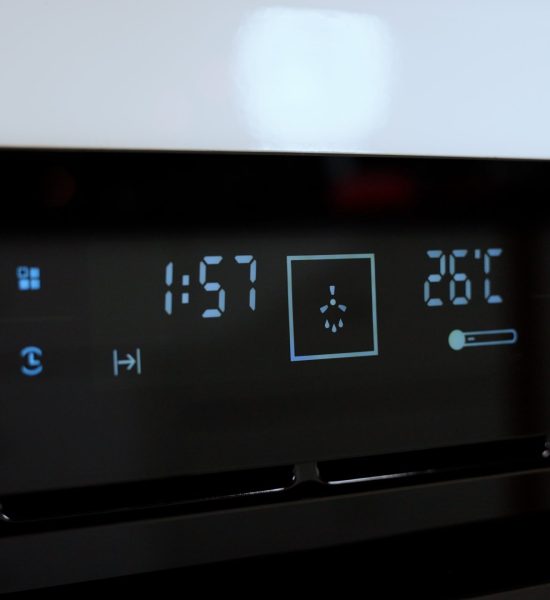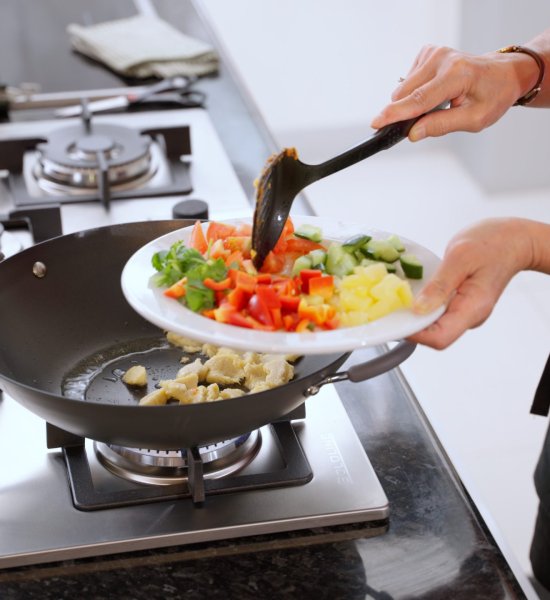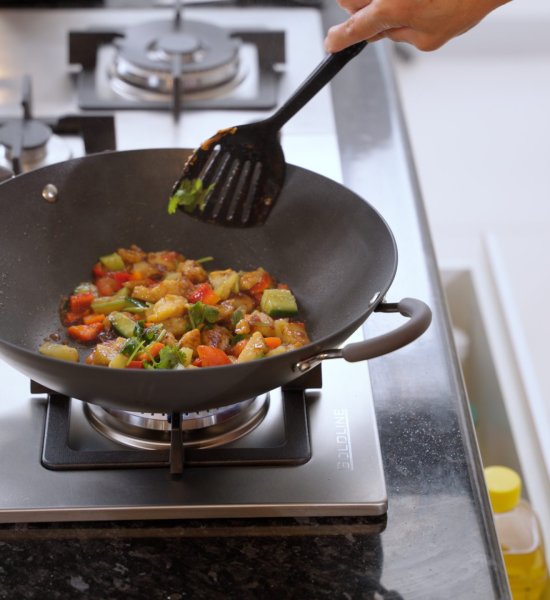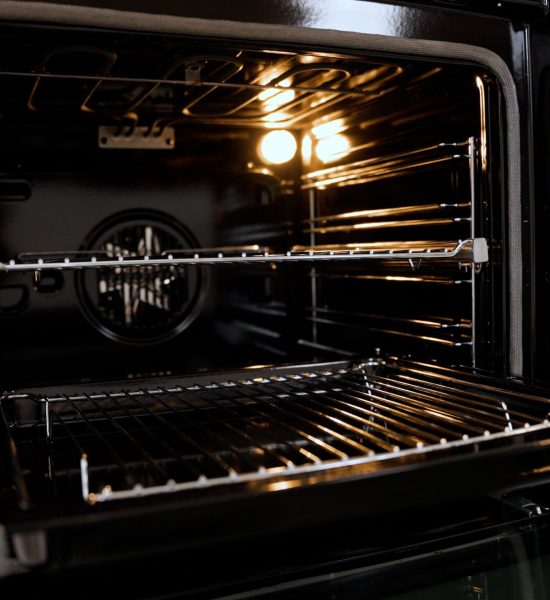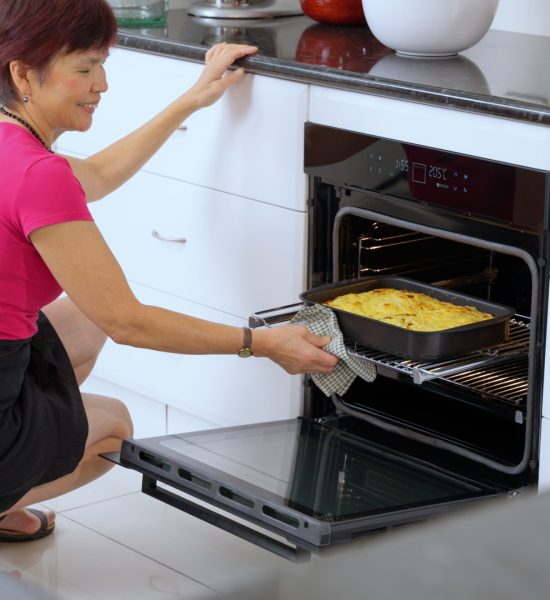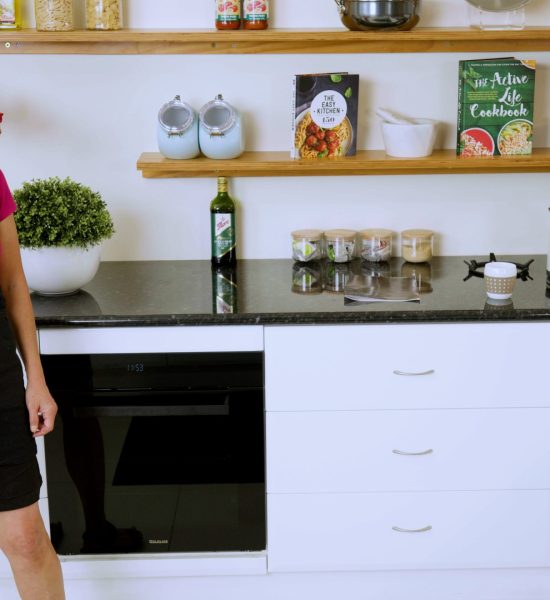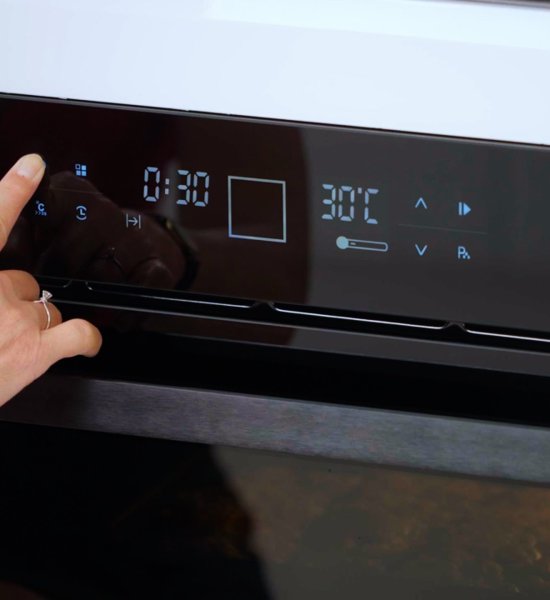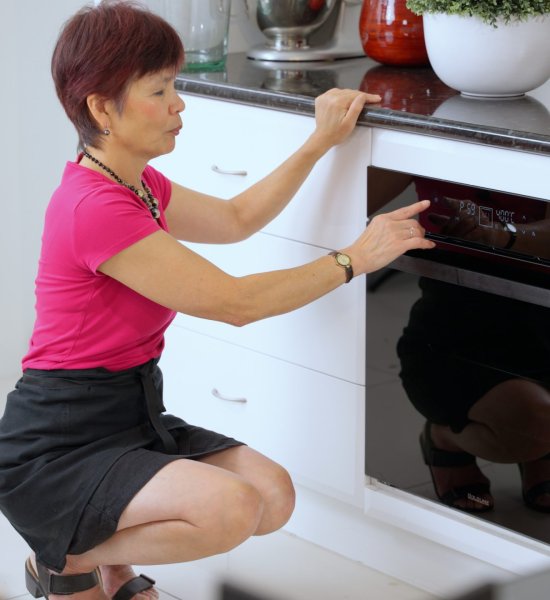How to Navigate Disability in the Kitchen
Whenever people living with disabilities enter a kitchen space, they often experience feelings of anxiety from those around them.
After all, the kitchen can be a dangerous place. Someone with limited hand strength, or sudden tremors could quickly drop a knife and cause themselves an injury. Also, a person unable to properly reach a stove from their wheelchair could accidentally touch the cooktop and burn themselves – the risks are everywhere.
Unfortunately, many kitchens fall short of the standards set out by universal design. The standard height of a sink or countertop is often problematic for someone who uses a wheelchair. What’s more, utensils can be challenging to grip if you struggle with strength or dexterity issues.
Even cooking shows seem to overlook the needs of people living with disabilities.
Chances are the last time you spotted a chef with a disability on TV, it was the Blind Cook Christine Ha, who won Master Chef in 2012. That’s because even if a TV show invites a person living with a disability to appear, they often lose out on their chance due to an inaccessible studio kitchen.
Fixing the Kitchen Space
On the positive side, there are a growing number of resources online for people living with disabilities who want to learn how to cook. You can find blogs, social media posts, and even videos, specifically catering to these needs.
Additionally, specialty companies are increasingly making a wide range of disability-safe kitchen appliances. From Goldline’s narrow cooktops that are easier to reach from a wheelchair to adaptive, gyroscopically-stabilised kitchen appliances, things are changing for the better.
Unfortunately, there’s still a long way to go. Many people are living with disabilities in Australia today that are – because of stigmas, stereotypes, and a lack of resources – convinced that they simply can’t or shouldn’t cook.
The good news is that no matter what your disabilities might be, there’s still room for you in the kitchen. All you need to do is find a strategy and the right appliances that will help you to navigate the risks.
General Considerations for the Accessible Kitchen
One of the first steps that anyone should take when preparing to cook safely in the kitchen environment is to plan the meal properly.
Prepping ensures that you don’t run out of steam midway through a recipe. You may also need to make sure that you have plenty of time in between to take breaks or find a safe space where you can rest if required.
It’s also worth being realistic about what you might be able to make on your own. For instance, if you have the use of only one arm, then you may struggle to make recipes that require you to use both hands – at least until you find a way to work around that requirement.
You don’t have to give up on complex recipe ideas entirely, but you can start simple and work your way up, gaining confidence and competence as you go. That advice applies to anyone who wants to learn how to cook – not just to living people with disabilities.
Additionally, when things get tough in the kitchen – don’t just give up. Give yourself a break and remind yourself that it’s a learning process, with an emphasis on the word process. Everyone makes mistakes, and you won’t be the perfect cook straight away.
How to Handle Kitchen Challenges
Once you’re familiar with the basics of learning how to cook, you can begin to think about how you can adapt your kitchen space to suit you. For instance:
If you have the use of one hand or arm:
You can automatically compensate as you go, learning what works for you and then implementing it.
Some people need to lean closer to the cutting board when they’re chopping. Others need to find DIY solutions to their problems, like fixing a cutting board to the worktop with a set of clamps, so it doesn’t slide away.
Anything that works for you is worth a go. Just remember to give yourself a break when you need it, as adapting two-handed tasks for a one-handed person can be exhausting.
If you have limited strength:
Try planning your cooking more carefully.
For instance, you might have more energy in the morning and less as the day goes by. If that’s the case, you could plan your meals and cook them first thing when you get up.
That way, when it’s time to make a meal, all you need to do is throw something in the microwave or oven to reheat it. You could also design your cooking schedule to alternate between tasks that use different groups of muscles. Additionally, plan to incorporate lots of breaks and gaps into your cooking routine.
If you use a wheelchair:
Figuring out how to do complicated things in the kitchen, like reaching for an essential item from your wheelchair can be challenging.
One option is to start by adapting your kitchen and using a narrow worktop that’s easy to navigate, or a narrow cooktop so that you can get in close with your wheelchair.
You might also find that it’s easier to create simpler one-pot meals that don’t require you to go back and forth from the sink to the cooktop, and so on. Think about how you can control your environment and your meal choices to suit you.
If you have developmental disabilities:
Choose recipes that are both simple enough for you to handle, and interesting enough that you would want to commit yourself to the challenge.
You may also need to ask someone to assist you with labelling your utensils or someone to help you find the right recipe instructions for your meals. The more assistance that you can get, the easier it’s going to be to tackle each task one chunk at a time.
If you have visual impairments:
A lot of cooking tends to rely on sight, from reading thermometers to checking the doneness of meat.
Cooking with a visual impairment can be daunting, but you can find other ways to overcome this issue. For instance, with a touchscreen on your phone, you can tap your way through an audio recipe that tells you what you need to do step by step.
You can also leverage smells and textures to determine whether your food is ready, rather than relying entirely on sight. Just make sure that you take the right precautions such as not wearing long-sleeved tops or other clothing that might get caught on the cooktop while you learn.
Cooking Your Way
Anyone can rediscover their passion for cooking in the kitchen with the right tools, the right environment, and a positive attitude.
Cooking with disabilities can be difficult at times – but anyone who is learning to cook can struggle. It’s all about finding the appropriate routines and strategies that work best for you.
Experiment with different tactics until you find something that works for you. Remember, there’s no specific time at which you need to perfect things. Have patience with yourself and cultivate the confidence that you need to reach your culinary goals.


